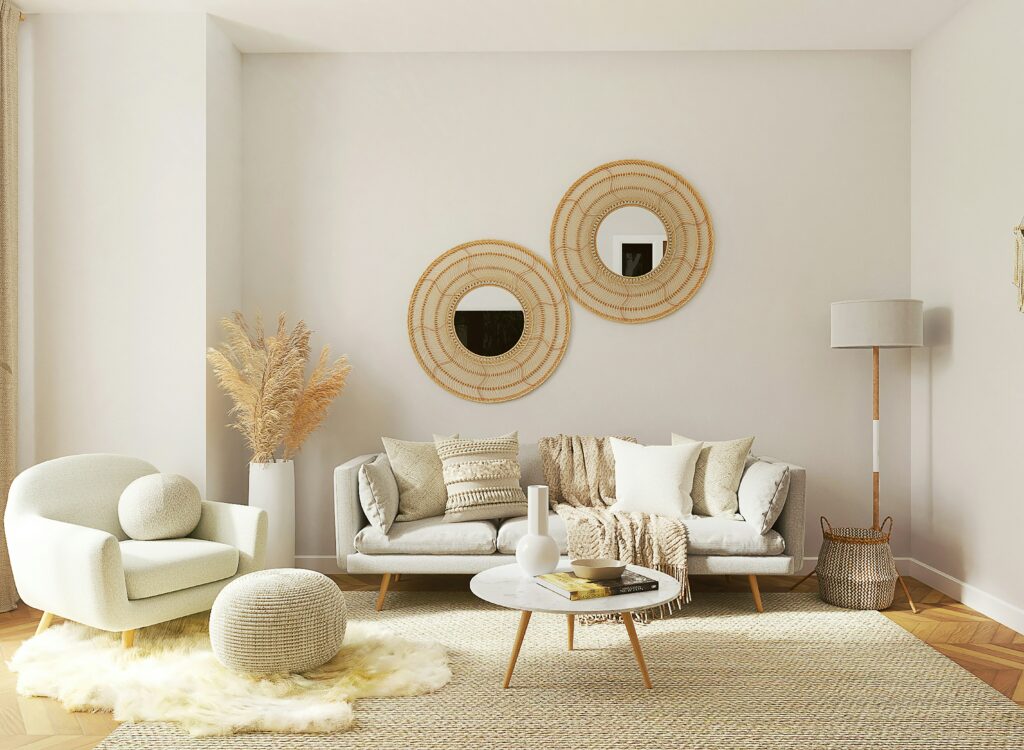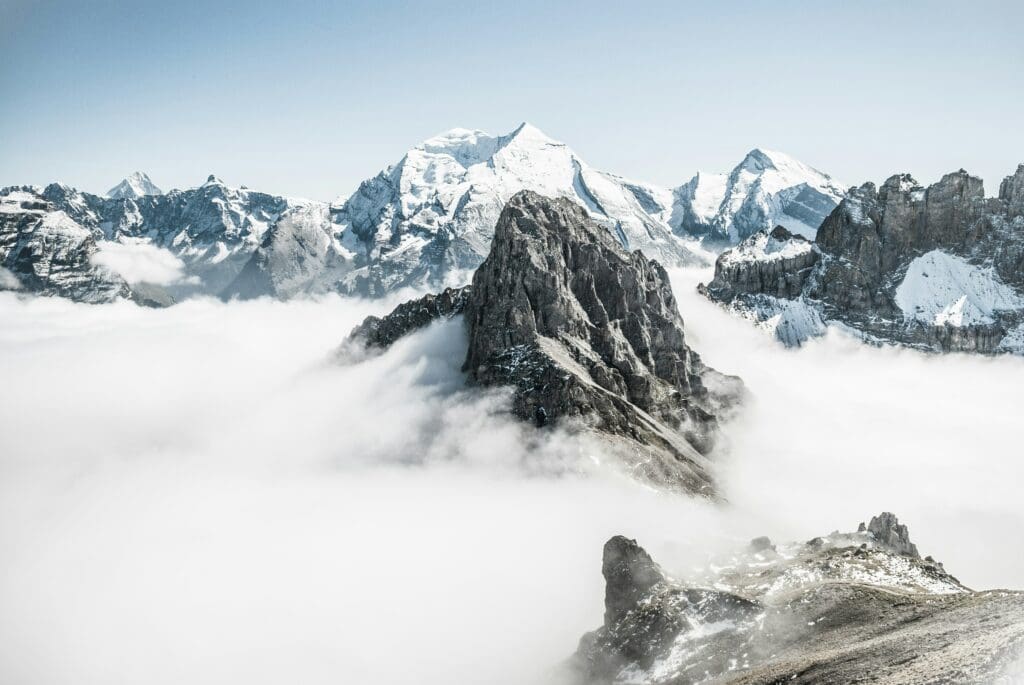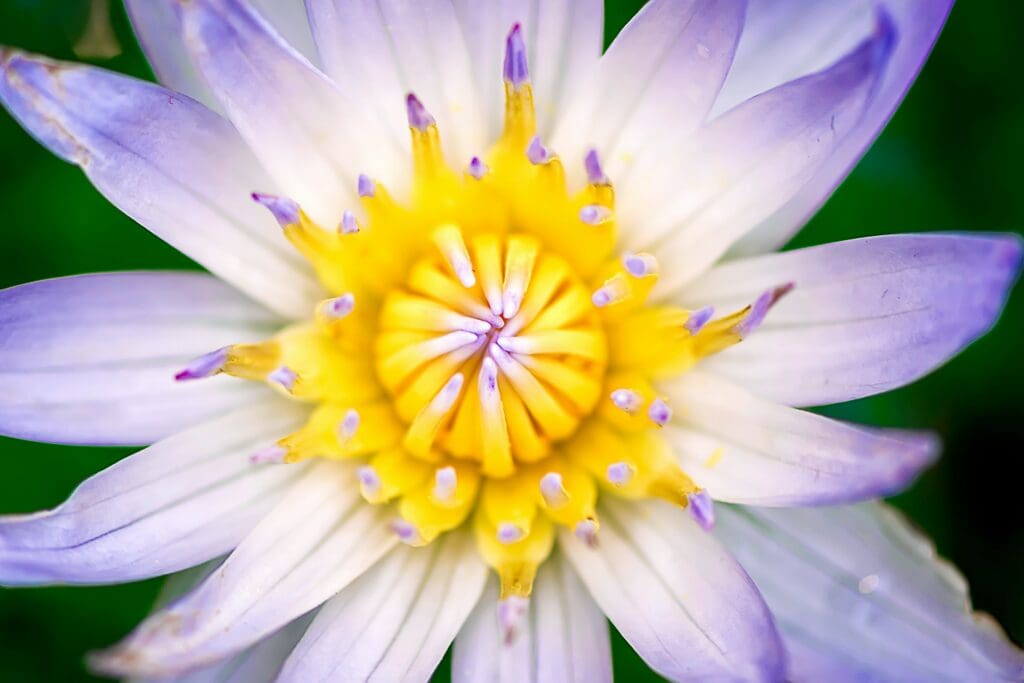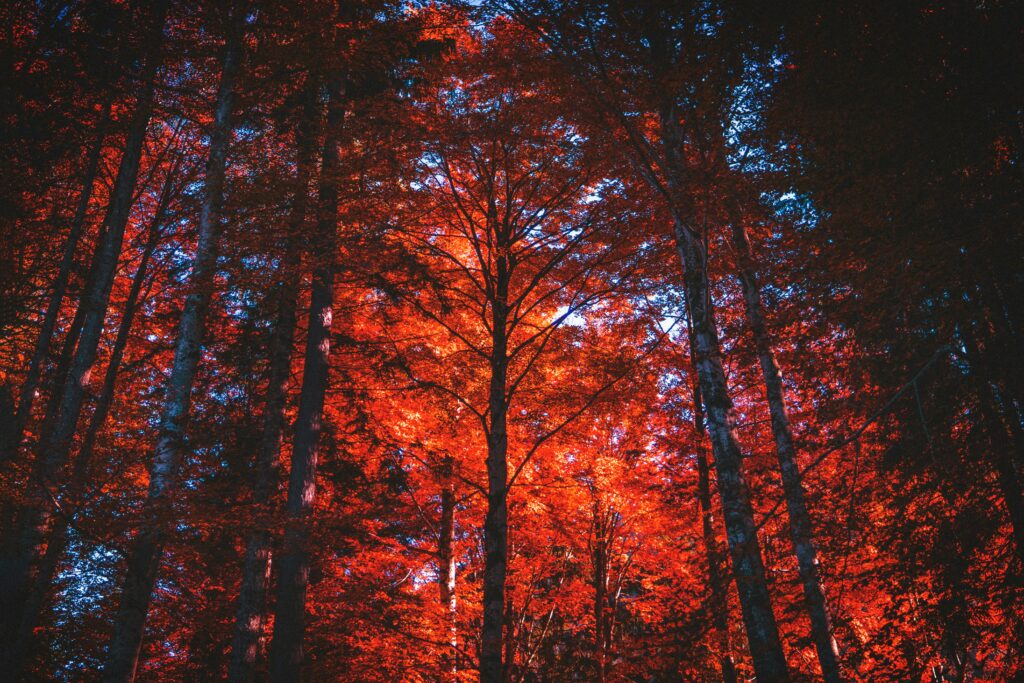Wide-angle lenses are subject to many misconceptions. However, they are also very popular. Many argue that they are difficult to master, but all smartphones have wide-angle lenses because they are cheaper to fabricate and smaller. And we don’t find using a smartphone camera so difficult, do we?
There is a confusing mix of positives and negatives around this type of lens, so it’s time to clear things up. A wide-angle lens is hardly beneficial for a single photographic genre. Furthermore, it’s not so complicated to learn how to use it if you understand a few principles.
What Is a Wide-Angle Lens?
A wide-angle lens is a lens with a short focal length that offers an angle of view wider than the human eye. How short of a focal length is debatable. Some people classify a lens as wide-angle if its focal length is shorter than 50mm. That’s because a 50mm focal length lens on a full-frame sensor camera offers the closest angle of view to the human eye. Others classify a lens as wide-angle if its focal length is shorter than 35mm, the standard focal length in photography.
You can leave aside the focal length entirely and use only the angle of view to define a wide-angle lens. It should be wider than 55 degrees across the photo’s widest dimension.
There are also ultra-wide-angle lenses, which have focal lengths shorter than 20mm
Top Five Photo Scenarios for Using a Wide-Angle Lenses
A wide-angle lens has a few main characteristics you should know:
- It has a wide angle of view (i.e., you can frame more of the scenery)
- It produces a deep depth of field (i.e., the entire frame is in focus)
- It exaggerates relative size (i.e., closer objects look larger, far away objects look smaller)
- It has a short minimum focusing distance (e.g., you can get closer to your subject)
- It can make vertical lines look as if they are converging
With that in mind, check out the photo scenarios perfect for a wide-angle lens.
A large scenery, such as a landscape or cityscape, is the obvious subject matter for a wide-angle lens. But you’ll find it useful for photographing groups of people, markets, forests, flowers, and many other things that take up space.

Papaioannou Kostas on Unsplash
Real-estate photographs (especially interiors) benefit from a wide-angle lens because it separates the layers and makes it look more spacious. The deep depth of field will keep everything in focus, sharp, and clear, just like the customer wants it.

Scenery with objects in the foreground is also easier to frame with a wide-angle lens. It makes the objects in the foreground look larger and those in the background smaller, adds depth by putting some distance between foreground and background, and keeps everything in focus.

Nature close-ups don’t always require a macro lens. Due to the short minimum focusing distance of wide-angle lenses, you can get very close to the subject. Consider using one to photograph flowers, mushrooms, insects, and nature’s patterns and textures.

Scenery with geometric features benefits from converging verticals property. Imagine endless roads and rivers disappearing into the sunset, tall trees that look like they are having a conversation, and tall buildings that create interesting shapes in the sky. If you like composing with leading lines and unusual angles, wide-angle lenses will help.

Conclusion
Regardless of their focal length, lenses are versatile pieces of equipment. Experiment as much as possible with the lens that you have. Allow its limitations to be an inspiration and teach you how to take your photography to the next level. Sometimes, working in more challenging conditions boosts your creativity and improves your work.
Cover photo by Clay Banks on Unsplash

